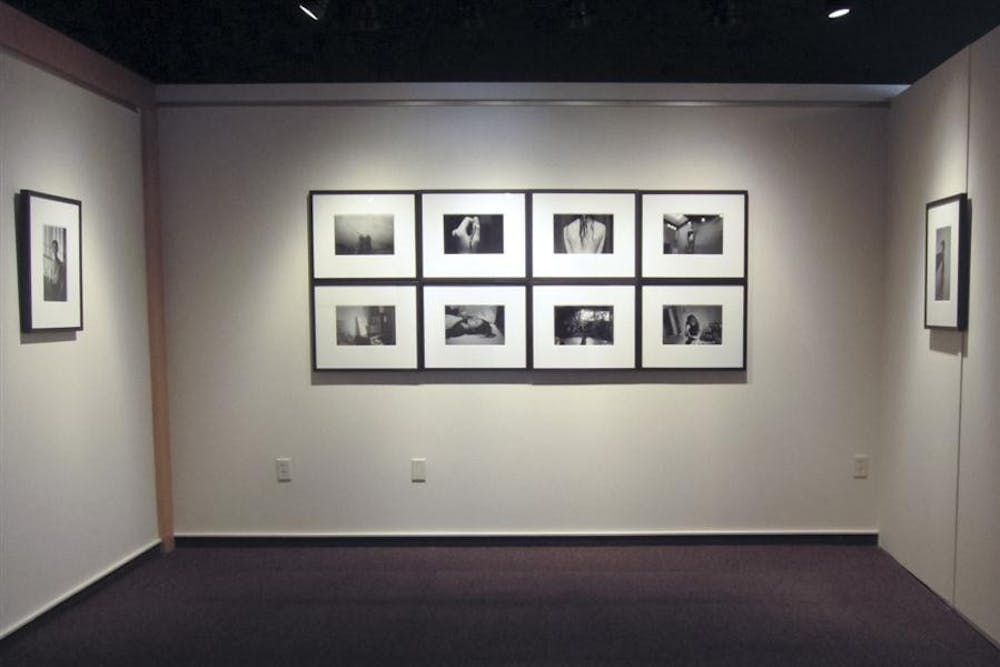Japanese photographers and curators featured in Pictura Gallery’s “Contemplation” exhibit met last week to discuss the inspiration behind the collection of photographs that documents life in rural Japan.
Surrounded by the work of female Japanese photographers Tomoe Murakami, Ai Takahashi, Yuki Tawada and Yuhki Touyama, guest curators Mariko Takeuchi and James Nakagawa sat casually in the gallery and prepared for the panel discussion.
The exhibit has been featured at pictura gallery since Feb. 3 and will remain on display until the end of March.
“One of the purposes of this gallery is to provide education in regards to photography,” gallery owner David Moore said. “We have been working on this exhibition for about two years, so I think it has been worth the time spent in regards to both education and enjoyment.”
Following a series of announcements, the discussion began with introductions.
“I’m a photographer and an artist, so I wasn’t very comfortable with being a curator,” Nakagawa said. “However, I have visited Japan numerous times and have witnessed the raw talent there, which I wanted to bring to the United States.”
Nakagawa spoke of his journey through Japan with Takeuchi as they sought young photographers to exhibit. Takeuchi was already familiar with some young artists, such as Murakami, so they only had to find one or two more to complete the collection.
“What made me want to do this exhibition was the passion both Nakagawa and I shared in introducing young, talented photographers from Japan,” Takeuchi said. “It is not easy to survive as an artist in Japan, so we sought out specific artists in order to give them an opportunity to show their work without having to worry about making money off of it.”
One theme of the exhibit was invisibility, so gallery curator Lisa Berry asked Takeuchi and Nakagawa to point out a specific piece that captured the theme particularly well.
“The artfully-torn photograph by Yuki Tawada is a great example of the captured theme of invisibility,” Takeuchi said. “Though there was nothing suggesting invisibility in advance, no direct reaction between Tawada and the photograph itself, in the end it suggests something that is not easy to name. The effect produced by using razor blades and needles to scratch the photograph gave it a special element that allows viewers to see beyond the initial picture.”
Three artists featured in the exhibit sat quietly beside the curators until Berry asked Murakami to explain why photography is the best medium for her to explore invisibility.
With the help of a translator, Murakami explained her position.
“Photography as a medium is something that captures reality very clearly,” Murakami said. “As I worked to capture the invisible, my goal was not actually to catch it, but to catch the act of chasing it. Photography is really the most appropriate medium for capturing that activity.”
Takahashi, another artist that attended the panel discussion, concluded by explaining her own inspiration: traditional village life.
“Hometown life has always been fascinating to me,” Takahashi said. “My life has revolved around exploring the livelihoods and local cultures of people in Japan. My hope is that I can continue to work with the villages for a very long time because it inspires what I do as a photographer, and photography is what I love doing.”
Japanese artists, curators discuss pictura photography exhibit

Get stories like this in your inbox
Subscribe





